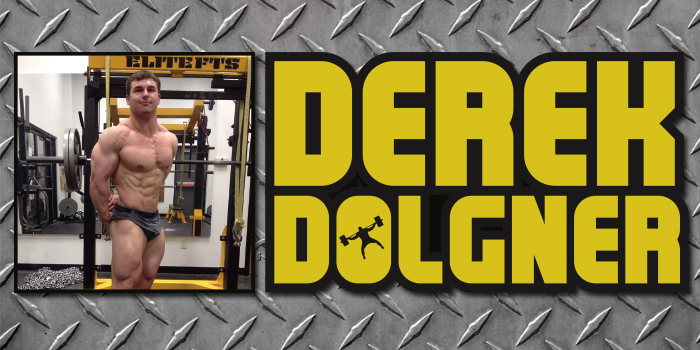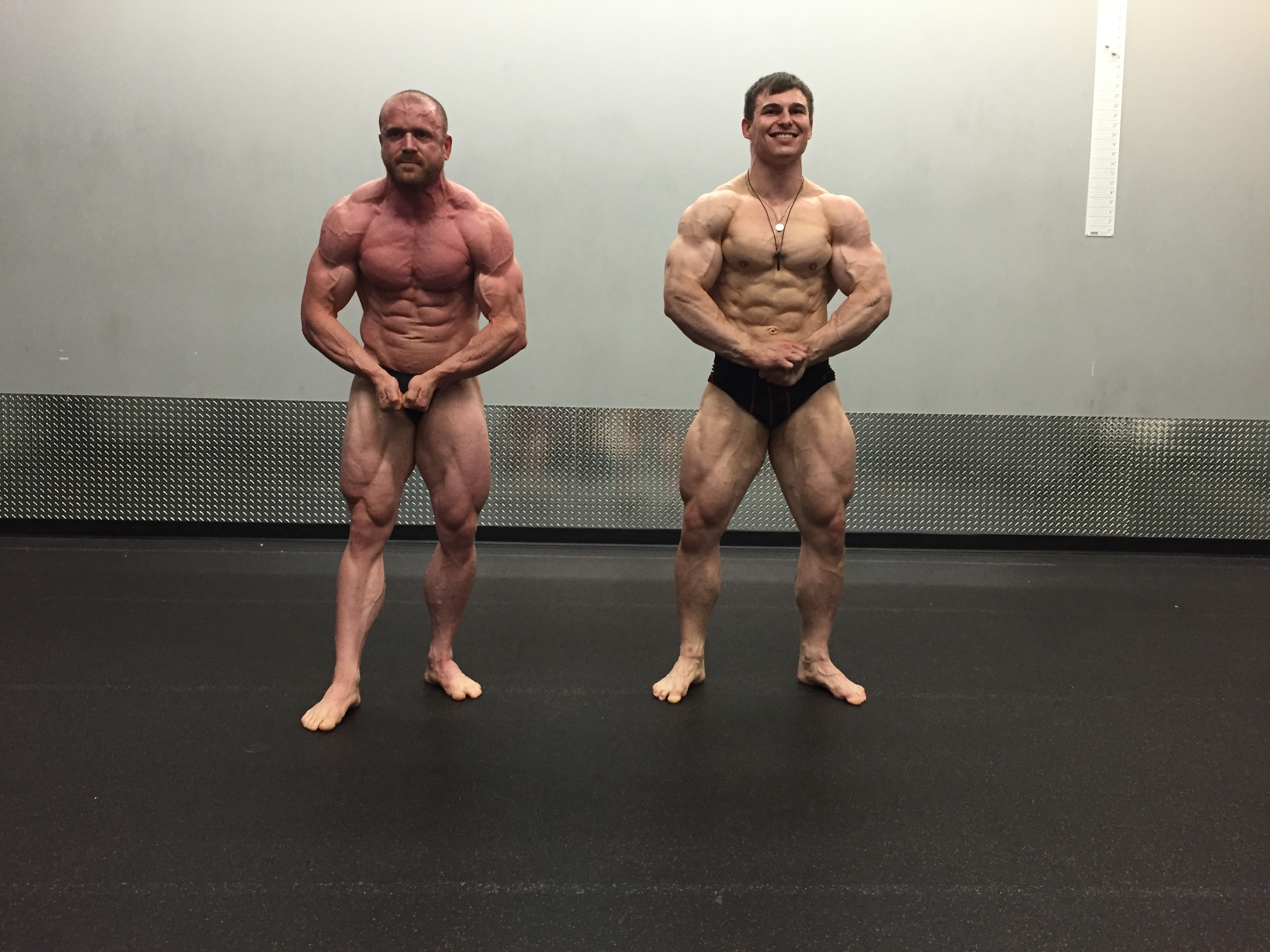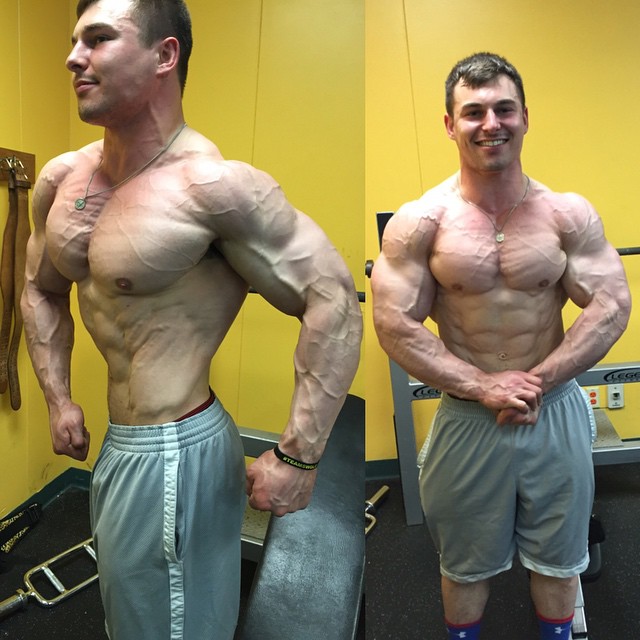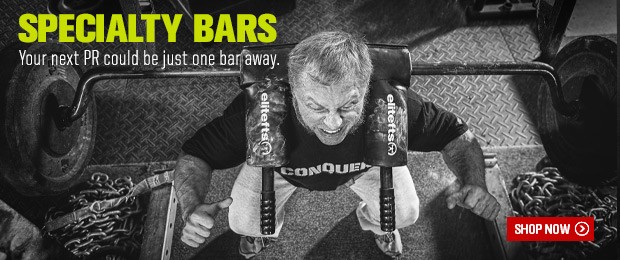
The day has finally arrived. The day you've spent excessive financial resources, hours and months preparing for; every minute detail carefully analyzed and addressed to assure your physique is the absolute best it can be. However, there is one crucial element that I have noticed is often over looked.
I’m referring to stage presence, specifically quarter turns, transitions and mandatory poses. What competitors fail to realize is that you can be the hardest, driest, and biggest on stage, but if you don't hit your poses correctly, the result could be catastrophic. Why exactly posing is overlooked I'm not sure; what I do know is that it reflects poorly on the competitor and consequentially portrays lack of preparation. As a coach and fellow competitor, it frustrates me to see this when it could easily be corrected with proper guidance.
It's not shocking that one's ability to pose correctly and fluently has a correlation with prevalent issues in bodybuilding (i.e, abdominal wall control and stomach distention). Personally, I prefer a more classic, aesthetically appealing look and believe mentalities revolving around as big as possible, as fast as possible need to be removed from the mindset of our upcoming bodybuilding generation. I won’t dive into the obvious health risks associated with that mentality, but it is worth mentioning. (Possibly to be discussed at a later date?)
Please don’t misinterpret, I am all for size and believe "Freak" to be one of the best compliments a bodybuilder can receive. However, achieving this unrealistic size in too short of a timeline only results in one outcome: shapes, lines and over-all aesthetics diminish.
Posing correctly can change the way your body looks in a matter of seconds and can give you the edge on stage when you are presenting your physique. I do not take my dreams of achieving professional status in bodybuilding lightly and I handle every aspect on preparation as if I am already a professional. Due to the significance posing can have on your end result, I hired a professional posing coach, Dave Myers. Dave is a prep coach based out of Minneapolis, MN. Dave earned a B.S. in Nutritional Sciences, is a certified personal trainer through the NASM, and has eight years of experience in the competitive community with a total of four IFBB Pro cards obtained under Dave’s coaching in 2014.
I traveled to Minnesota to work on my posing with Dave in person and to interview him for my elitefts column. I knew his professional insight into this critical aspect of competition could be beneficial to more than just me.
Dave's Background Story
Dave’s passion for posing can be traced back to May of 2008. This was the first year he stepped on a bodybuilding stage and like most newbies his posing was atrocious, to the extent that there were audible snickers and giggles over the microphone amongst the judges. This first stage experience drove Dave to excellence as he spent the next 365 days teaching himself every minute detail in regards to posing. The following year his posing was drastically improved top to bottom, front to back.
Dave became fascinated with the human body's ability to change drastically utilizing minimal biomechanical modifications. He spent countless hours tweaking, adjusting and fine-tuning his posing to optimize his physiques aesthetic appearance, and even addressed his stage freight issues by performing mandatories in the middle of a college campus.
Posing, Biomechanics, and Instruction
It wasn't until years later that Dave recognized the correlation between biomechanics and posing. This seemed to be the last piece to his puzzle. He had spent countless hours manipulating his natural biomechanical movements to optimize the look to his aesthetic physique and it wasn't long after he discovered he had the ability to do this with others as well. Dave told me the following:
There are, in my opinion, two main elements that are nothing short of imperative in regards to posing (aside from the obvious, i.e, sufficient lean body mass and stage-worthy conditioning).
1. Mind Muscle Control
If you have spent any time in the bodybuilding community then you have come across this term. It refers to the degree of which an individual can control specific musculature and utilize proprioception to be aware of what that muscle is doing. In this case, its visual image.
2. Mobility
Mobility, not to be confused with flexibility, which is passive, involves static holds and refers to the ability to flex, extend or circumduct a joint through full ROM. Mobility refers to the ability to move the joint through a controlled full range of motion, which requires a significant amount of strength.
How does this imply to ones ability to pose? Well, contorting the body to optimize your physiques aesthetic appearance is actually rather difficult. In fact, one of the most common things I hear after an initial posing session is something referring to this being the most physically demanding thing they've done.
How To Execute a Front and Side Relaxed Pose
This is an in-depth breakdown of how to properly execute a front and side relaxed pose by Dave Myers.
Breathing: Imperative that you breath. The more you try to hold your breath, the quicker you will either pass out or have the appearance of hyperventilation. Breathe from the diaphragm but use shallow, slow controlled breaths.
Posing is all about the illusion and optimizing how one hits their poses to best suit their physical attributes.
Assuming you will be hitting a Front Relaxed, I begin with my explanation of ‘ground up’ which means pose from the ground up. In other words, hit your legs first. Your legs will only show maximal separation and conditioning while the musculature is contracted.
1. Feet slightly wider than shoulder width, grip floor with your big toe, creating an arch in your foot and ‘spread the floor’ (which is in reality forcing hip abduction without moving your feet). Contract glutes (pelvic extension) and drive though like a glute bridge. Keeping your glutes tight will assist with placement of upper body. If I had to list crucial steps to posing, following legs would be abdominal wall control.
2. Pull your abdominal wall inward an upward, performing an ‘ab vacuum.’ Think belly button to spine (isometric contraction of transverses abdominus). Now its time to get wide!
3. Pinch your shoulder blades together medially towards spinal column without shrugging the shoulders (scapular retraction and depression).
4. Pushing your chest towards the ceiling (thoracic extension). Keep shoulder blades down while swinging the shoulder blade back out and away from the body (scapular protraction and abduction/upward rotation while attempting to maintain external rotation).
Then as you quarter turn, assuming to the right:
1. Drive left heel into the arch of your right foot. Use right knee to push left hamstrings out, towards the judges (right hip internal rotation), contract glutes and drive hips through to stand upright (pelvic extension).
2. Similar to front relaxed, implement an ab vacuum. However, while in quarter turns, or mandatories from the side, think not only belly button to spine but low back to spine as well. If properly executed it appears like a vacuum from both directions, making the waist appear narrower, making you look bigger.
3. Roll and drop arm behind your rib cage while pushing chest up (scapular elevation to depression, retraction, glenio-humeral extension and thoracic extension, respectively)
Transition Hints
-
Roll and drop shoulder.
-
The moment you drop could mean first or second place, especially legs.
-
Vacuum from rear.
-
Curl floor with toes in rear poses.
-
Glutes tight from front and back.
-
THORACIC EXTENSION.
-
No trap elevation.













Thanks for all the great articles in this series. I appreciate all the helpful tips and insight and have enjoyed seeing your progress. I hope you continue to write more articles and wish you the best of luck at your show!